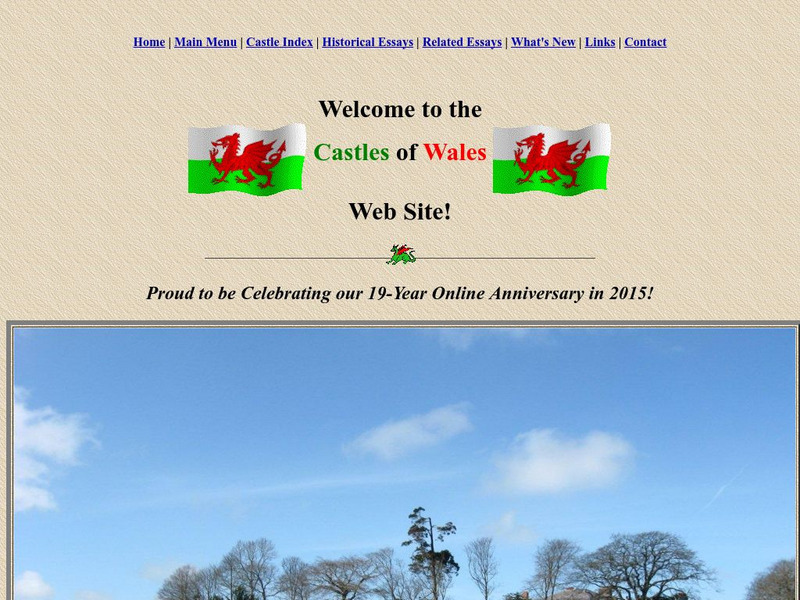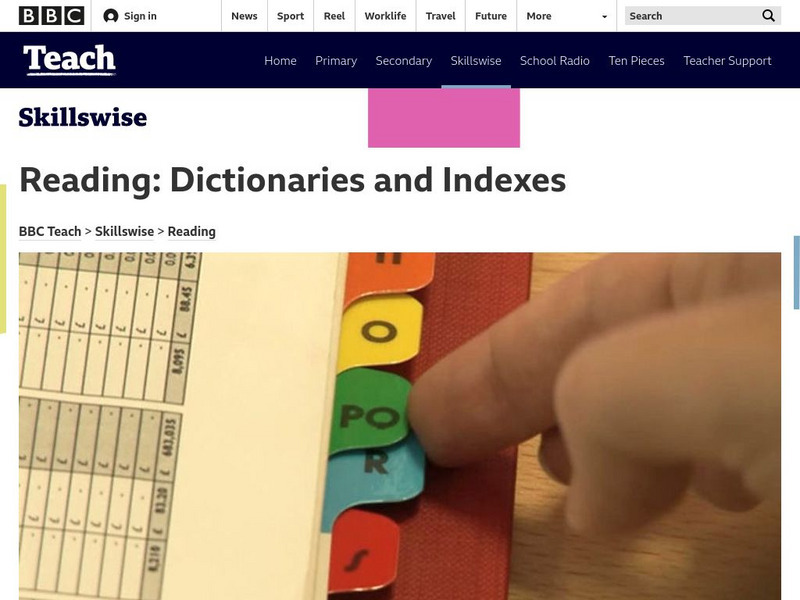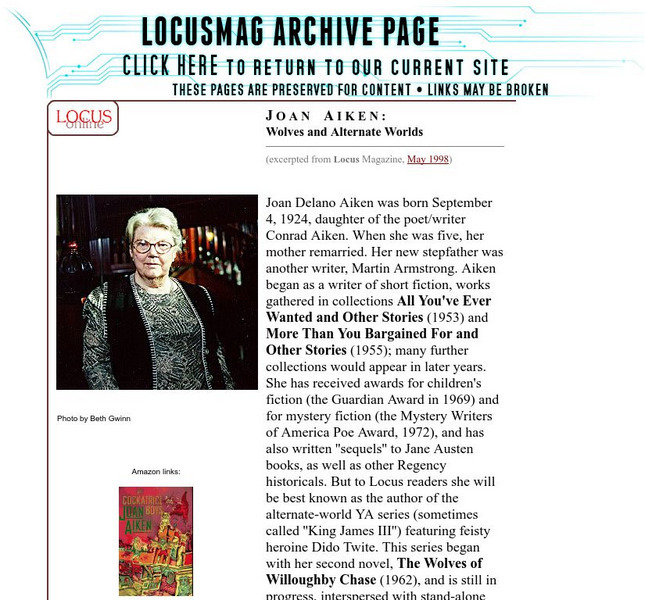Hi, what do you want to do?
Curated OER
Introduce: Comprehension Monitoring using About Trees
As scholars begin reading more difficult text, they need to acquire an arsenal of comprehension strategies. Here are few helpful ones to guide new readers through the informational text About Trees, which is linked here for...
Mathed Up!
Algebra: Indices
Indices and exponents mean the same. Pupils review exponential notation by watching the review video for the General Certificate of Secondary Education math assessment refresher. Scholars then use the activity to show what they know...
Mark Twain Media
Understanding Informational Text Features
Everything you need to know about informational text features can be found in this resource. Recognizing these types of text features and how they are used in text allows readers to better understand information. Teachers...
Lerner Publishing
Meet the Dinosaurs
Take your class of youngsters on a prehistoric adventure with this four-lesson series on dinosaurs. Accompanying the Meet the Dinosaurs books by Don Lessem, these lessons engage children in writing their own dinosaur books,...
Curated OER
Introduce Vocabulary: Into the A, B, Sea (Rose)
As budding readers learn about the ocean, they'll get practice with the alphabet and new vocabulary words (cling, nab, prey, slumber, and thrive) in context. Read Deborah Rose's book Into the A, B, Sea, which includes a...
Curated OER
Nonfiction Books: Table of Contents and Index
How do you find what you're looking for when reading a nonfiction book? Even first graders can learn how to use a table of contents and an index. They use the provided images of each to locate information and answer nine questions.
Curated OER
Contents and Index
It's important for your readers to understand features of informational text such as index and table of contents, so give them this visual activity to get started. They read a brief explanation of informational text, then look at an...
Curated OER
Getting to Know Your Textbook
Eighth graders use the glossary, index, and headings to location information in their textbooks. In this textbooks lesson plan, 8th graders complete discussion questions about the information they can learn from textbook features.
Curated OER
Glossary, Index, and Table of Contents
Fourth graders use two separate sources to learn about index, glossary, and table of contents usage. In this library lesson, 4th graders use two books, Learning About Weather with Graphic Organizers, and The World Almanac for Kids, to...
Curated OER
Analyzing Textbook Formats
Students explore the characteristics of a non-fiction text. In this comprehension lesson plan, students are led on a guided tour of each text and identify the features of a non-fiction text. Students continue to practice locating...
Curated OER
Using an Index - School-Home Links
In this home-school activity, 3rd graders review the use of an index. They read the definition at the top of the page, see an example of an index, and answer 4 questions based on the index. There is a place for the child and a parent to...
Curated OER
Can You Name that Town
Students, after becoming familiar with different names of towns in Arkansas, practice using a map grid and map index.
Curated OER
Reading Predictions
Second graders read and predict content and purpose for table of contents, index, headings, captions, illustrations, and major words from their science or social studies textbooks. They use books' elements to summarize what they can find...
Other
John Singer Sargent Virtual Gallery
This site known as the JSS virtual gallery is a great site with a biography of the artist John Singer Sargent and an extensive listing of his works. Links 350+ paintings.
Other
The Castles of Wales
This resource includes an index and maps of castles in Wales, plus essays, glossary of castle words, FAQ's, plus other information related to castles.
Other
California State University: Folklore: The Traditional Ballad Index
The traditional ballad index is an extensive bibliography of folk ballads. There is some summary information.
BBC
Bbc: Skillswise: English: Reading: Dictionaries and Indexes Quiz: Basic [Pdf]
Quiz testing basic alphabetization skills required for real-world application. Three levels of difficulty with answers provided.
PBS
Pbs: El Nino
You can link to the anatomy of El Nino, chasing El Nino, and El Nino's reach. There is a resource page and a search page.
BBC
Bbc: Skillswise: Dictionaries and Indexes
This Skillswise site focuses on using dictionaries and indexes. Included are a video about why using these tools is important, fact sheets and worksheets about using them, quizzes on the information presented, and a dictionary game. The...
Purple Math
Purplemath: Sequences and Series: Terminology and Notation
Explains the basic terminology and notation of sequences and series, including summation symbols, subscripts, and indices.
National Council of Teachers of Mathematics
The Math Forum: Ask Dr. Math: Rationalizing the Denominator
Tells how to rationalize the denominator when the radical has an odd index.
Other
Joan Aiken: Wolves and Alternate Worlds
This is short biography & an excerpt of an interview with children's author Joan Aiken. She speaks about her influences, ideas, and future writings.
Other
Les Grands Ballets Canadiens De Montreal
Site offers general information on this contemporary ballet company: biographies and pictures of the dancers, season information, and history.
University of Calgary
The Children's Literature Web Guide
This resource is a children's literature web guide.





















![Bbc: Skillswise: English: Reading: Dictionaries and Indexes Quiz: Basic [Pdf] Unknown Type Bbc: Skillswise: English: Reading: Dictionaries and Indexes Quiz: Basic [Pdf] Unknown Type](http://lessonplanet.com/content/resources/thumbnails/411275/large/bwluav9tywdpy2symdiwmduymc0ymtywmc0xazayogvmlmpwzw.jpg?1589993586)






